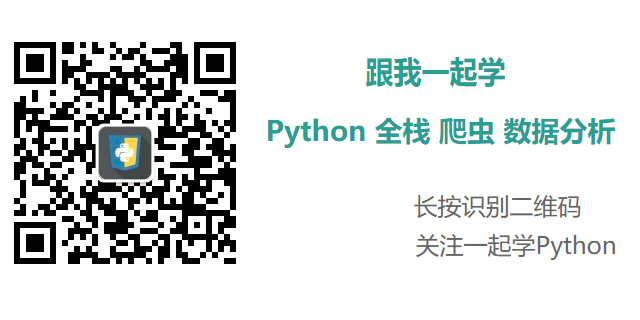给定两个单词?word1 和?word2,计算出将?word1?转换成?word2 所使用的最少操作数?。
你可以对一个单词进行如下三种操作:
示例?1:
输入: word1 = "horse", word2 = "ros"
输出: 3
解释:
horse -> rorse (将 'h' 替换为 'r')
rorse -> rose (删除 'r')
rose -> ros (删除 'e')示例?2:
输入: word1 = "intention", word2 = "execution"
输出: 5
解释:
intention -> inention (删除 't')
inention -> enention (将 'i' 替换为 'e')
enention -> exention (将 'n' 替换为 'x')
exention -> exection (将 'n' 替换为 'c')
exection -> execution (插入 'u')本题用动态规划的方法来解。
第一步,定义状态。因为是两个单词,很容易发现仅仅一维是不能包含我们所有想要的信息,所以定义为二维数组 DP[i][j] ,表示 Word1 中的前 i 个字母组成的单词要想替换 Word2 中的前 j 个字母组成的单词的最少操作步骤。
第二步,设置状态转移方程。可以分为两种情况:
w1[i] = w2[j] 此时 DP[i][j]=DP[i-1][j-1] 。w1[i] != w2[j],此时可能做得操作有三种,即 DP[i-1][j](insert), DP[i][j-1](delete), DP[i-1][j-1](replace) ,所以 DP[i][j]=min(DP[i-1][j], DP[i][j-1], DP[i-1][j-1]) + 1 。最后设置初始状态:一个单词为空,则另一个单词需要删除所有字母才能与之相匹配,所以操作数为单词字母的个数。
class Solution(object):
def minDistance(self, word1, word2):
"""
:type word1: str
:type word2: str
:rtype: int
"""
n, m = len(word1), len(word2)
dp = [[0 for _ in range(m + 1)] for _ in range(n + 1)]
for i in range(n + 1): dp[i][0] = i
for j in range(m + 1): dp[0][j] = j
for i in range(1, n + 1):
for j in range(1, m + 1):
dp[i][j] = min(dp[i-1][j-1] + (0 if word1[i-1] == word2[j-1] else 1),
dp[i-1][j] + 1,
dp[i][j-1] + 1)
return dp[n][m]GitHub地址:https://github.com/protea-ban/LeetCode

原文:https://www.cnblogs.com/banshaohuan/p/11512632.html